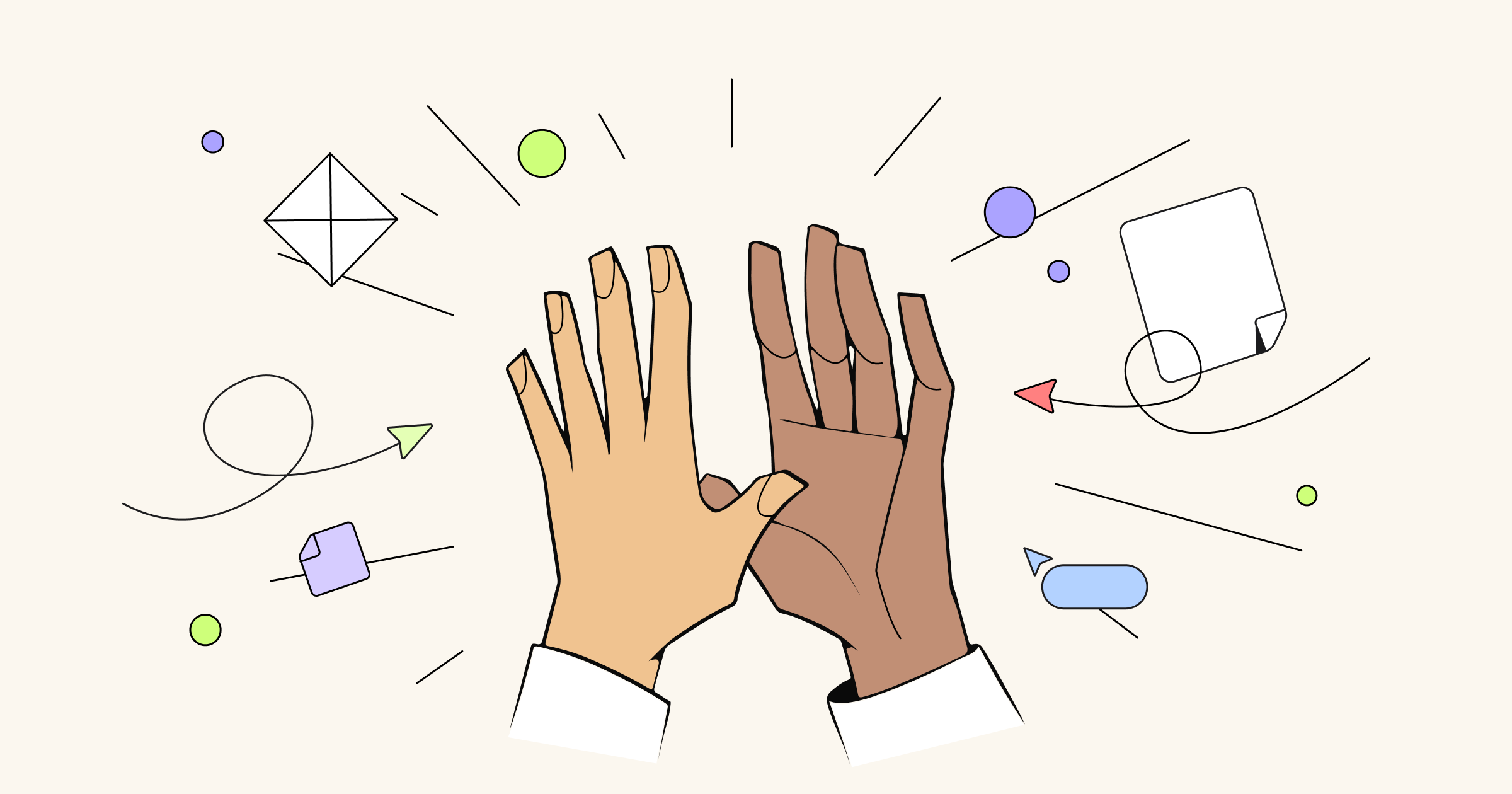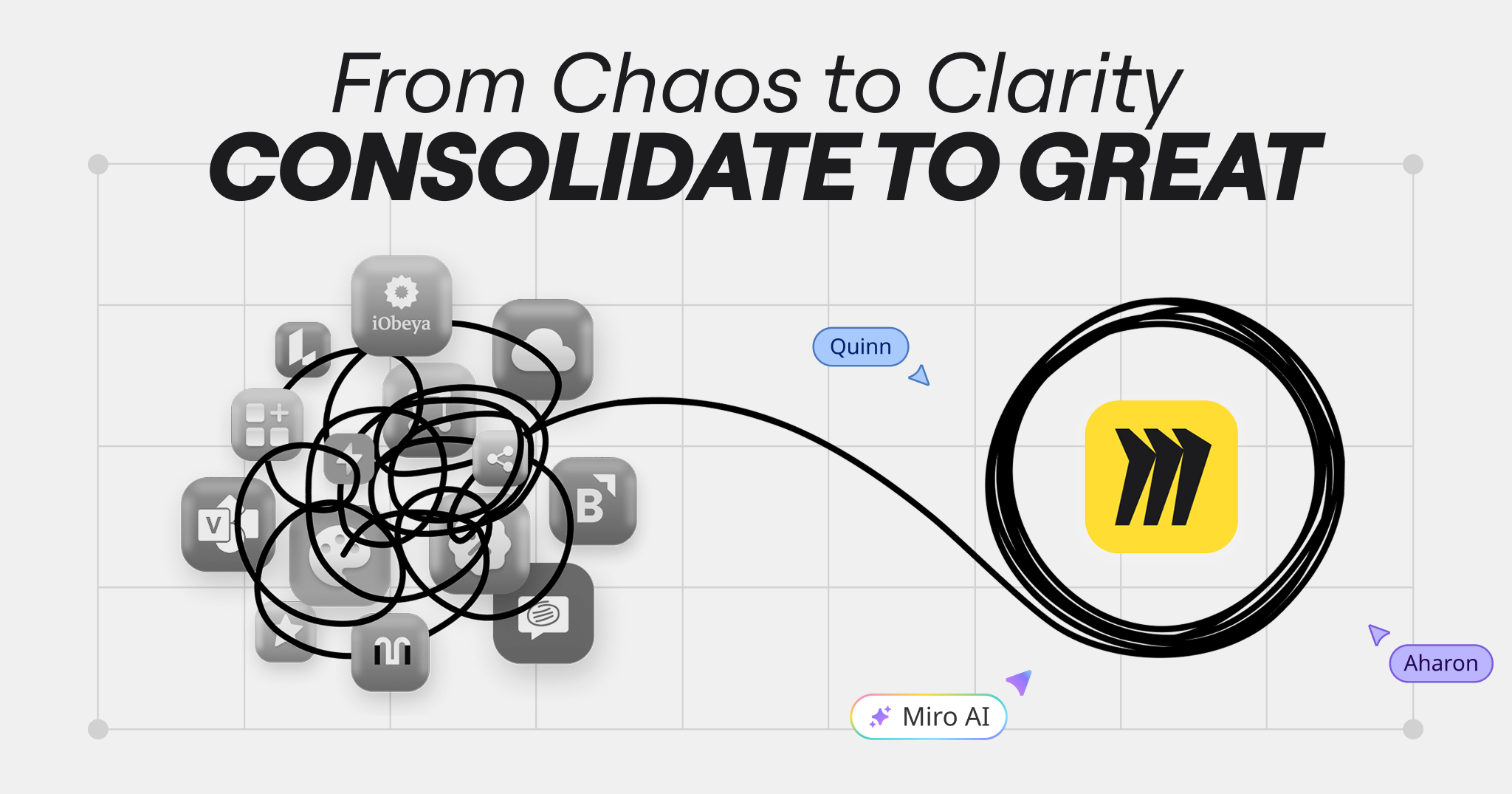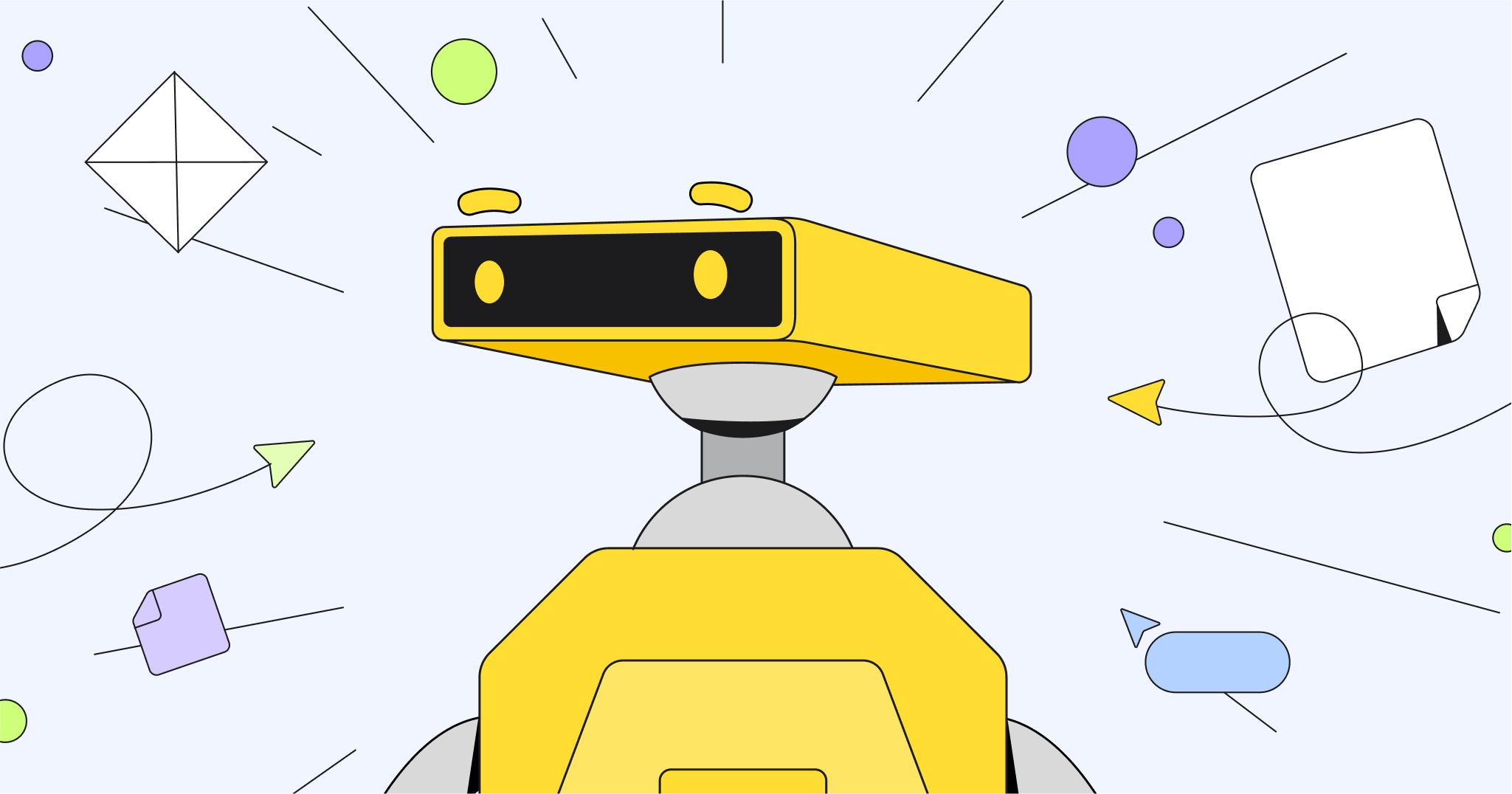Diverse teams outperform homogeneous teams. And when we say “diverse” we mean teams with different characteristics or traits, such as professional experience, life experience, identities, roles, etc.
These individual differences create diversity of thought. That might feel like an overstatement or a broad generalization, but there’s plenty of research that backs it up. Diverse groups are better at:
- Focusing on data and facts
- Processing information and making sense of it
- Making efficient and effective decisions
- Innovating and exploring new ideas
With such clear benefits, thought diversity offers a boost to any type of team. But on Agile teams in particular, diversity of thought isn’t just a competitive advantage — it’s non-negotiable. Here’s why.
1. Thought diversity is woven into the fabric of Agile
If you’re familiar with the Agile methodology, then you also likely know the Agile Manifesto — the document that outlines the core values and guiding principles of Agile teams. Within the manifesto, you don’t have to look far to find an emphasis on thought diversity.
In fact, the first of the four values states, “Individuals and interactions over processes and tools.” Agile teams focus on collaboration, but they also value the individual — and doing so means valuing that individual’s unique experiences, perspectives, and ideas. That level of respect facilitates openness, new perspectives and points of view, constructive debates, and ultimately thought diversity.
You’ll find thought diversity embedded in a variety of Agile frameworks as well. Scrum, as one example, is built on five values:
- Commitment
- Courage
- Focus
- Openness
- Respect
Teams that embody and prioritize openness, respect, and courage provide welcoming, inclusive spaces that cultivate diverse opinions and ideas from all team members.
2. Thought diversity facilitates better, more considerate and informed decisions
The Agile methodology is all about flexibility and shorter iterations. You’ll find those characteristics peppered throughout the Agile Manifesto too:
- “Early and continuous delivery”
- “Welcome changing requirements”
- “Deliver working software frequently”
- “A preference to the shorter timescale”
You get the point. Agile teams need to work, learn, and act nimbly. And when they have solid diversity of thought, teams benefit from more perspectives and more ideas — and that breadth of knowledge makes it easier to make informed decisions and innovate rapidly.
3. Thought diversity benefits your customers
There’s another thing the Agile methodology emphasizes: the customer. Satisfying the customer is the core focus of any Agile team, and the first principle behind the Agile Manifesto: “Our highest priority is to satisfy the customer through early and continuous delivery of valuable software.”
Agile teams are intensely focused on meeting customer needs. In order to do so, they first need to understand what those needs are. Customers themselves have varied experiences and perspectives. So, a diverse Agile team can more accurately comprehend and even relate to those backgrounds and viewpoints.
4 tips to cultivate thought diversity on your Agile team
Diversity of thought matters, but it also doesn’t just happen. It requires conscious effort to support and cultivate.Leaders need to foster psychological safety, strike a balance between introverts and extroverts, and combat cognitive biases like groupthink to ensure they’re truly benefitting from the diversity on their teams. Here are some tips to make that happen.
1. Try silent writing
Agile events like daily standups, retrospectives, and sprint planning sessions likely inspire visions of lots of back-and-forth and spirited conversations. But trying something different may help you better support thought diversity.
Try practicing silent writing or (or creating silence in a meeting) when you’re brainstorming and/or collecting data as a team. It gives space for all ideas to be heard — rather than the loudest voices only.
Plus, research shows that brainwriting (brainstorming ideas in writing as a group) generates more innovative ideas than the traditional approach. You can use a Miro board to do brainwriting with your team — whether remote, hybrid, or in-person — without any friction or frustration.
2. Use voting to capture opinions and democratize decision making
Some people on the team might not feel comfortable openly voicing their opinions. Collecting votes (it’s easy to do in Miro) is efficient, and it also gives more reserved team members an opportunity to share their perspectives without the pressure of feeling like they need to build a case. And it ensures you can democratize decision making by allowing everyone to cast their vote.
Be aware that Agile’s emphasis on quick decision-making often defaults to the majority — which means less-heard voices can still be forgotten or overshadowed.
Try using votes as your starting point and facilitate an open discussion about the results from there. You’ll get the benefit of taking a pulse of the team, while also providing an opening for the less-popular options to surface, receive acknowledgement, and spark a conversation.
3. Provide a little safety
Teams with a high degree of psychological safety might not feel like they need. But even so, a little bit of privacy and protection can still give people a confidence boost to share their biggest and boldest ideas during retrospectives, sprint planning sessions, or other Agile meetings.
Private mode in Miro offers a sweet spot between total namelessness and the potential stress of contributing in real-time. With private mode, nobody can see what you’re writing on the board as you’re doing it, though they can see you participating (so everyone feels involved). But as soon as private mode is turned off, everybody’s ideas become visible.
This feature ensures all team members feel comfortable jotting down their thoughts in the moment and can also help to reduce group bias since people are brainstorming without reading each others thoughts
4. Practice amplifying ideas
When there’s so much to discuss during meetings and group conversations, ideas — yes, even good ones — can be easily dismissed, overlooked, or forgotten.
Research shows there’s a helpful way around this: amplifying ideas. Team members should practice calling attention to other people’s contributions, while also providing credit.
All ideas get adequate attention and consideration—which is important for facilitating thought diveristy. Plus, both group members — the original contributor of the idea as well as the person amplifying it — benefit from boosted status within the group.
Fuel innovation and creativity with thought diversity
When it comes to decision-making and innovation, the data doesn’t lie: diverse teams outperform homogeneous ones.
And on Agile teams — where collaboration and the ability to learn and work quickly reign supreme — thought diversity isn’t just nice, it’s necessary. It’s ingrained in the Agile methodology.
However, diversity of thought doesn’t just happen by putting people with different backgrounds and experiences in the same room or on the same team. It’s up to leaders to provide the right environment where everybody feels comfortable chiming in. That’s when the real magic happens.



